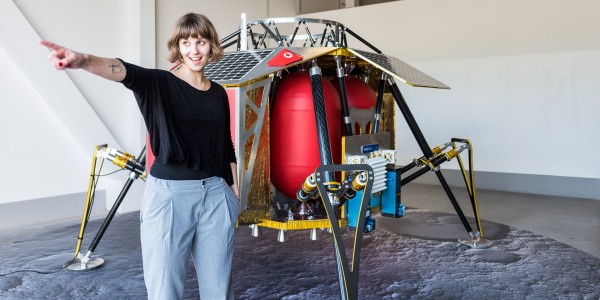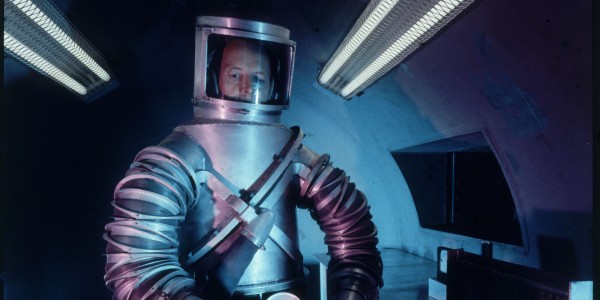Yuri Gagarin surely would have survived the 108 minutes of the first human space flight on April 12, 1960 without eating anything, but the Soviet Union wanted to show what could be done. So, Gagarin dined from three tubes: two filled with pureed meat and one filled with chocolate sauce. Four months later, Gherman Titov became the second person to orbit Earth, and the first to get really nauseated up there. It wasn’t because of the food in a tube, though – Titov was the first victim of that cousin of seasickness, space sickness.
Space Food









Tubes of pureed meat (1961)

Corned beef sandwich (1965)

Gemini 3 command pilot Virgil “Gus” Grissom made no secret of the fact that he hated astronaut food. The menu included shrimp cocktail coated with gelatin to keep everything together. Sounds disgusting! So pilot John Young smuggled a corned beef sandwich on board for his commander. One big bite unleashed crumbs in the capsule, endangering the million-dollar mission. In the end, NASA merely rebuked the space cowboys.
Spoon Bowl (1972)

A sticky treat for Eugene “Gene” Cernan (Apollo 17): Hot water enhanced the culinary experience for the Apollo astronauts. The water was poured into “spoon bowls” – plastic containers holding freeze-dried powders – and the contents were then kneaded. The resulting puree safely stuck to the spoon. A 16-minute discussion between Apollo 12 and Houston about whether a serving of tuna from the previous day – likewise made from a powder – was still edible is the stuff of legend.
Lobster Newberg (1973)

Almost like being at home: This image shows US astronauts training for eating a meal in space two months before their launch in Skylab, the first scientific space station. Skylab had a freezer and 72 items on the menu (including Lobster Newberg). The table was screwed down and magnets kept the utensils in place to simulate a refined atmosphere.
Borscht (1975)

This is what détente looks like: In 1975, Apollo docked with Soyuz, a spectacular maneuver that allowed Soviet and US astronauts to transfer from one spaceship to the other. In this photo, Thomas Stafford and Donald Slayton are holding tubes of Russian borscht (beet soup), which they received as a gift from the Russians in a gesture meant to allow a friendly toast. As a little joke, the Russians had pasted vodka labels on the tubes.
Moussaka (1978)

Interkosmos was a Soviet space program featuring numerous cosmonauts from allied countries – among them East German Sigmund Jähn in 1978. The head chefs for all of these missions were Bulgarians, who evidently took a secret passion for Greek food into space with them: They served moussaka, tzatziki, soups, and plenty of dried fruit. There were few complaints about it, which may have been due to the circumstances at the time, however.
Cola (1985)

The longer the space flight, the more astronauts miss the simple pleasures in life. For NASA, of course, this meant cola. Coca-Cola and Pepsi-Cola therefore developed cans for use in outer space – under high pressure as it were. A mouthpiece directed the drink into the astronaut’s mouth – and then the problems began! Even today they are not fully understood. The astronauts had to belch mightily, much more than on Earth.
Espresso (2015)

ISS astronaut Samantha Cristoforetti is from Milan, and the espresso for the special ISSpresso coffee machine made by Lavazza is also from Italy. Introduced in 2015, it brought a smile to the face of Cristoforetti and all the crew members who came after her. Prior to that, complaints about the terrible coffee had been a constant for 60 years of space travel. The Lavazza machine also produces steam – but not for foaming milk. This steam is used to prepare the usual astronaut food.
3D Pizza (Soon)

Party time on the ISS: In March 2019, Anne McClain and David Saint-Jacques enjoyed pizza they made themselves – in proper style, except for the part when they wrapped it in aluminum foil and baked it standing on its side. There will be pizza again in the near future: NASA’s Advanced Food Technology (AFT) Project will allow food to be made “fresh” using a 3D printer. It still starts out as a powder, but the results might be more appealing.



